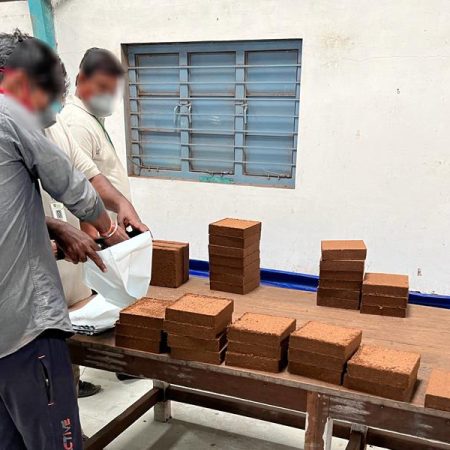Responsibly Produced Coir: A key material for growing media
In our search for renewable raw materials in growing media, we often encounter the suggestion to simply switch to coir (also known as coco). While this seems straightforward, our exploration using the Sustainability Compass reveals that coir, as a material, next to being a renewable and good alternative, it also presents its own set of challenges. Producing “Responsibly Produced Coir” requires attention to the social responsibility of the harvest and the processing of coconut fibres, as well as the water conservation aspect.
Social Responsibility
We’ve partnered with a select group of coir companies that share our commitment to sustainability. To us, sustainable business means fair treatment of workers, along with their health and safety. Our coir suppliers are required to adhere to our Code of Conduct and obtain SEDEX or SA8000 certification. We also make site visits to verify that our high standards are being met in practice.
Water Conservation
Coir is known for its excellent structure, stability, and re-wetting capacity, contributing positively to a good air/water ratio conservation in growing processes. However, post-harvest, significant water is needed for cleaning and buffering coconut fibres to make it suitable as a growing medium. This is a critical step to remove contaminants and reduce salt levels. The water-intensive nature of this process is a concern, especially in regions where clean freshwater is scarce.
Responsibly Produced Coir (RPC): Similar to the RPP certificate for Responsibly Produced Peat, we’re collaborating with the same foundation and other companies to establish a standard for Responsibly Produced Coir. This initiative underscores our dedication to environmentally conscious practices that balance substrate quality with planetary well-being.
For more information contact Folkert Moll () and Berry Mauritz.
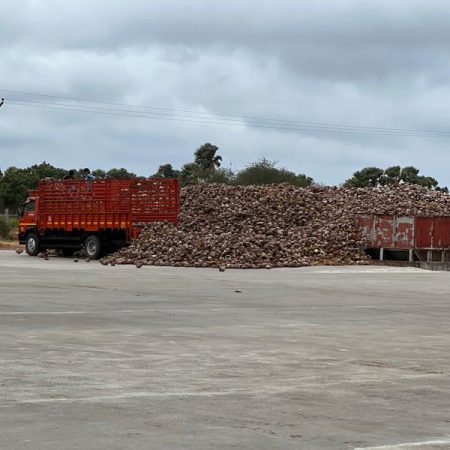
Coco shells are collected from plantations and transported to the factory site.
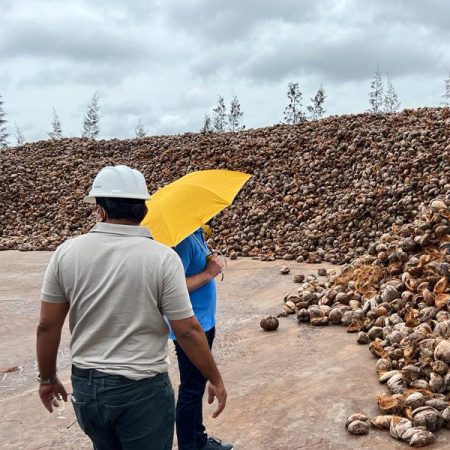
They are stored for 2-3 months before getting processed.
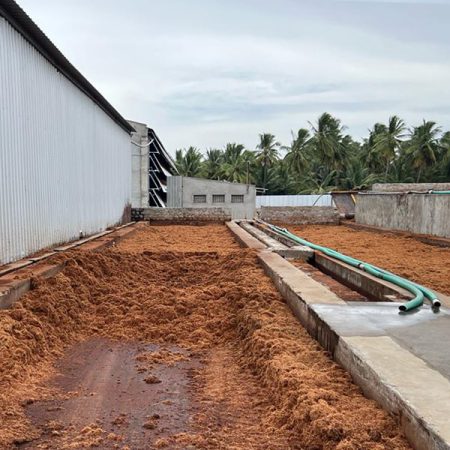
The coco peat is being washed.
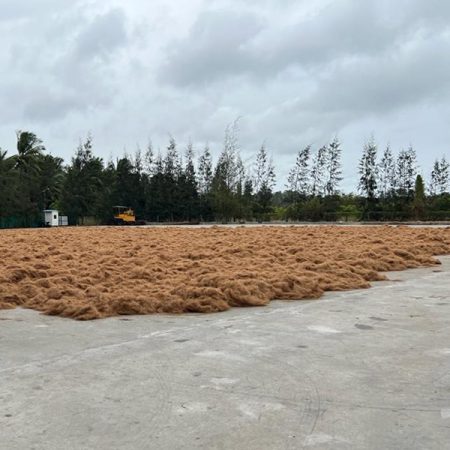
Cocofibres are spread out on concrete floors for drying purposes.
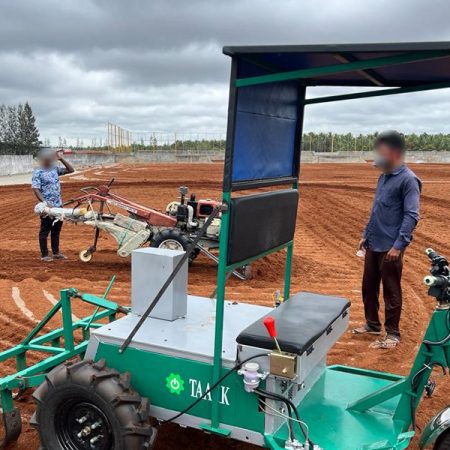
The coco peat is turned, to dry outside in the sun. The more modern electric turner in the front and older model in the back.
![]()
![]()
